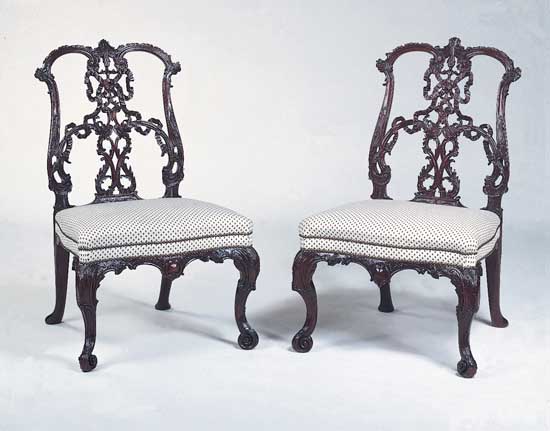
09 Jan Spotting a Georgian Piece of Furniture to Work Within Your Home
At Etons of Bath we’re required to find great pieces of furniture in Georgian and Regency styles that work within a modern setting. I’m often asked by clients which features they should look out for and key ways to identify Georgian furniture to add to their home.
If you own a Georgian house of any shape or size and need expert advice on interior design or Georgian furniture, contact us at our studio in Bath today on 01225 639002 or email charlie@etonsofbath.com
Georgian v Regency Furniture styles
The first thing to understand is that there are subtle differences between the style of Georgian and Regency furniture….
Materials
The first thing to look for is what wood has been used. Georgian pieces are likely to use Oak and Mahogany. Mahogany characteristically is a hardwood, dark reddish-brown in colour which will darken over time and polishes to a reddish sheen. Oak again is known for it’s hardness, it also can have very appealing grain marks and is found in both red and white varieties. Red Oak, sometimes referred to as black Oak, has a pinkish cast and is the more popular of the two. White oak has a slightly greenish cast.
Design
Key Georgian furniture pieces in areas of entertainment would have been sideboards, console tables with marble tops, Kneehole desks drinks cabinets, card tables and glass fronted built in bookcases. In the bedrooms and dressing rooms; chaise-longues, wooden four poster beds and wash stands.
Georgian Kneehole Desk
Georgian style leather topped drum table
Important designers of the Georgian period are most notably Hepplewhite and Chippendale.
Hepplewhite Style
Sofa in Hepplewhite style with square tapered legs
A high backed armchair
Hepplewhite style settee, note the geometric fabric pattern and straighter leg style seen in all 3 pieces
A characteristic seen in many Hepplewhite designs is a shield-shaped chair back.
Hepplewhite pieces usually have straight legs, which may be square or tapered and often have reeded or fluted edges, in imitation of Classical columns.
Some examples of Hepplewhite style legs, all taper (get more narrow) towards the foot
Hepplewhite-style feet usually have a tapered arrow foot, or a spade foot.
Spade foot
Bracket feet were common on chests, bookcases and desks as they were heavier. Pieces in Hepplewhite style have simple geometric shapes, usually curved or circular.
Bracket Foot
Chippendale Style
The designs of Thomas Chippendale cover a wide range of styles, from Rococo to Gothic, neoclassic and oriental style. Chippendale covered such a wide variety of items and styles and set the bar for furniture makers to come, so there are a lot of pieces in Chippendale style. Chippendale style furniture can be a little harder to spot, so I will point out a few of the easiest things to look for.
There are six different basic Chippendale style legs. These are the lion’s paw, the ball and claw, and the club, based on the cabriole shape which is an elegant, serpentine style ending in a distinctive foot.
A Cabriole Leg
The remaining leg styles are straight with the Marlborough being a plain, square leg; the spade a tapered round leg often with a square or trapezoid foot and the late Chippendale having a square leg with a square foot.
A pair of Chippendale dining chairs, with intricate carving and claw and ball feet
The claw and ball feet seen again here on this mahogany desk with carved skirting
A Chippendale style chest, with shell pattern carving seen often in this period. This chest has the bracket foot used on heavier pieces.
Lion paw style feet
Cost
As these items are now antiques, their price can really vary depending on the maker, the condition of the piece, the pieces history of ownership, where you are, and your bargaining skills! However, it is worth adding that presently its possible to pick up pieces at a comparatively low cost. In essence they aren’t seen as being particularly ‘fashionable’ at the moment so at salvage companies like Lassco at Brunswick House you can buy a beautiful 18th Century Mahogany table for less than you might spend on a modern mass-produced one.
There’s also the option of buying reproduction pieces instead of original Georgian furniture. There are a number of companies who produce expertly crafted pieces, akin to the originals, but you get them in perfect condition. They’ll then last you and your family for many decades to come.
Such companies include Arthur Brett, Jonathan Charles, Titchmarsh and Goodwin and English Georgian.
Bringing a classic piece up to date
I think it’s really worth investing in a classic piece and bringing it up to date with the use of modern fabrics. There is no denying that antique pieces were made in stronger woods and with more care to detail, so by adding a contemporary fabric you will have a great classically inspired piece that still works in a modern setting and will be totally unique to you.
A classic piece reupholstered in a contemporary fabric
I recommend going to a professional re-upholstering company that specialize in the re-upholstery of antiques, as they will give a great finish and even repair parts of your product to reinforce it and make it last much longer. Etons of Bath can help point you in the right direction.
If that’s a little out of your price range, I have found this great tutorial on how to do a DIY fabric upholstery on an antique chair.
I hope this blog has helped you to understand a little more on some typical Georgian furniture pieces. They are beautifully and expertly made and can compliment any home setting, and personally I find them a lot more interesting than cheap, mass produced goods of today. To see how I have used classic Georgian furniture pieces in homes in Bath and Bristol, have a look at our portfolio




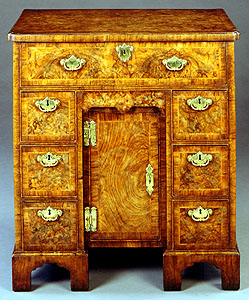
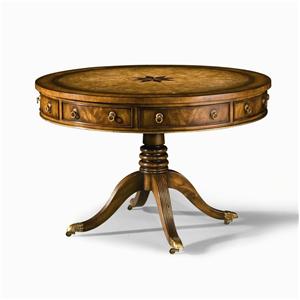
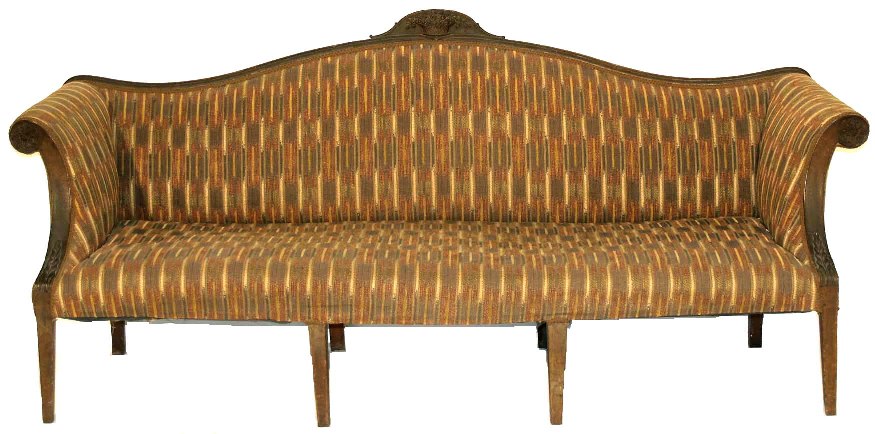
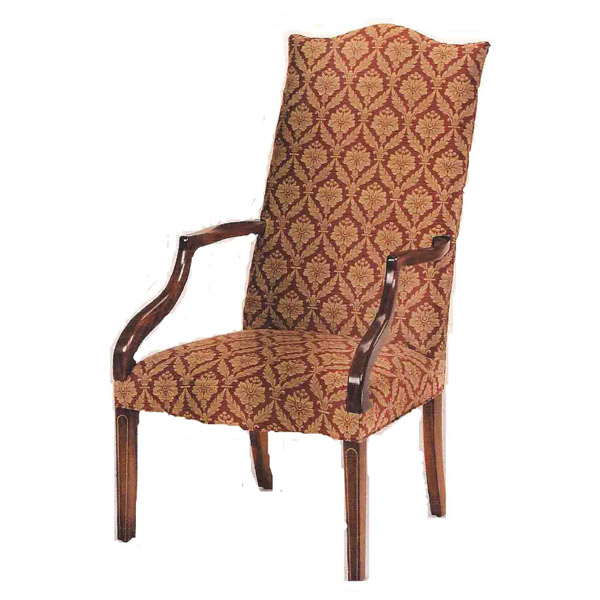
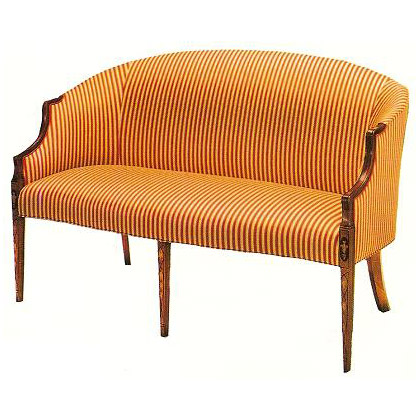
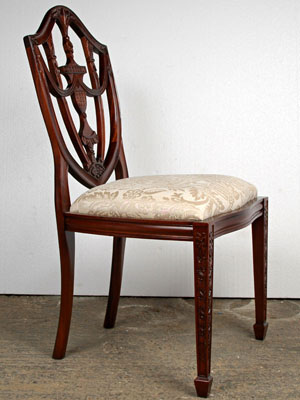
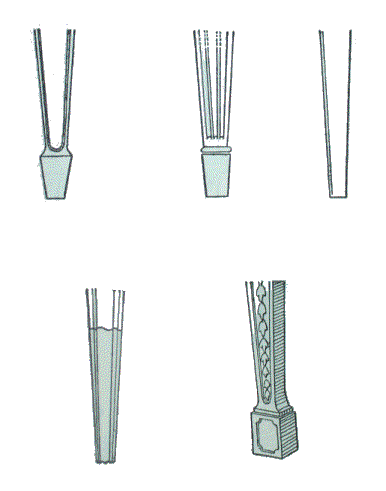
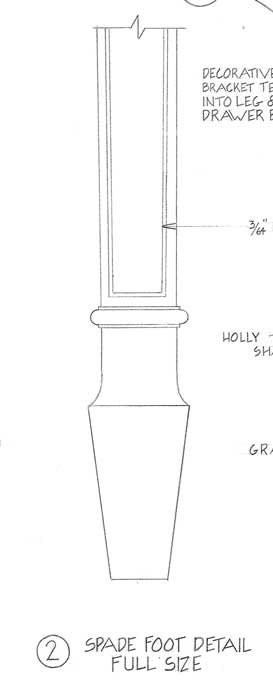
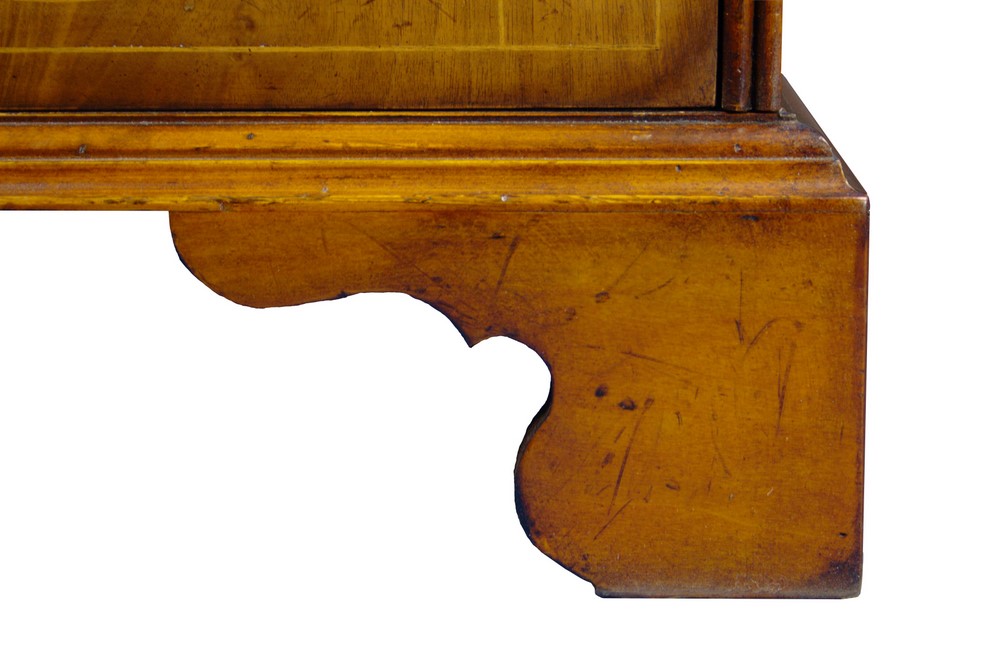
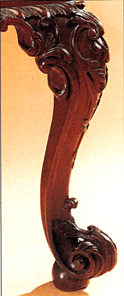
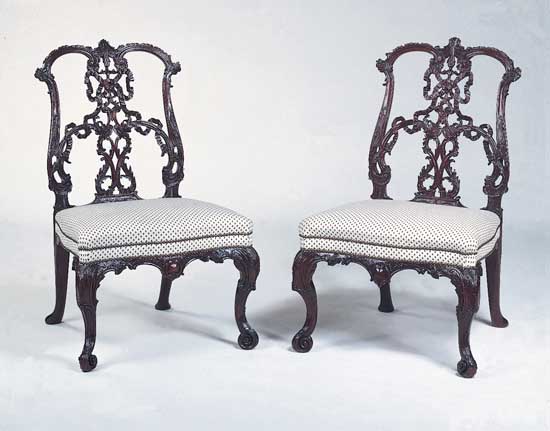
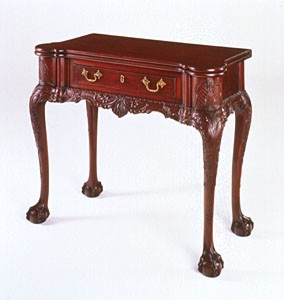
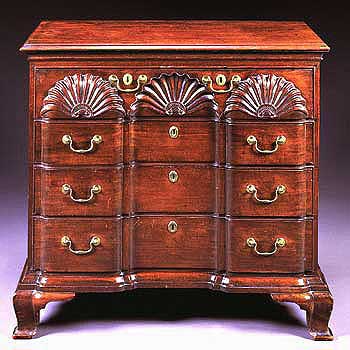
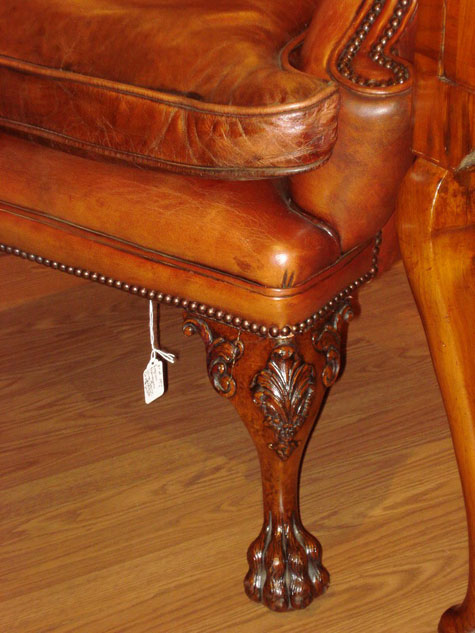
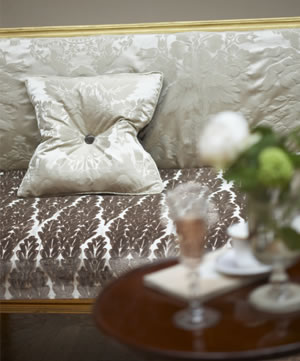
No Comments